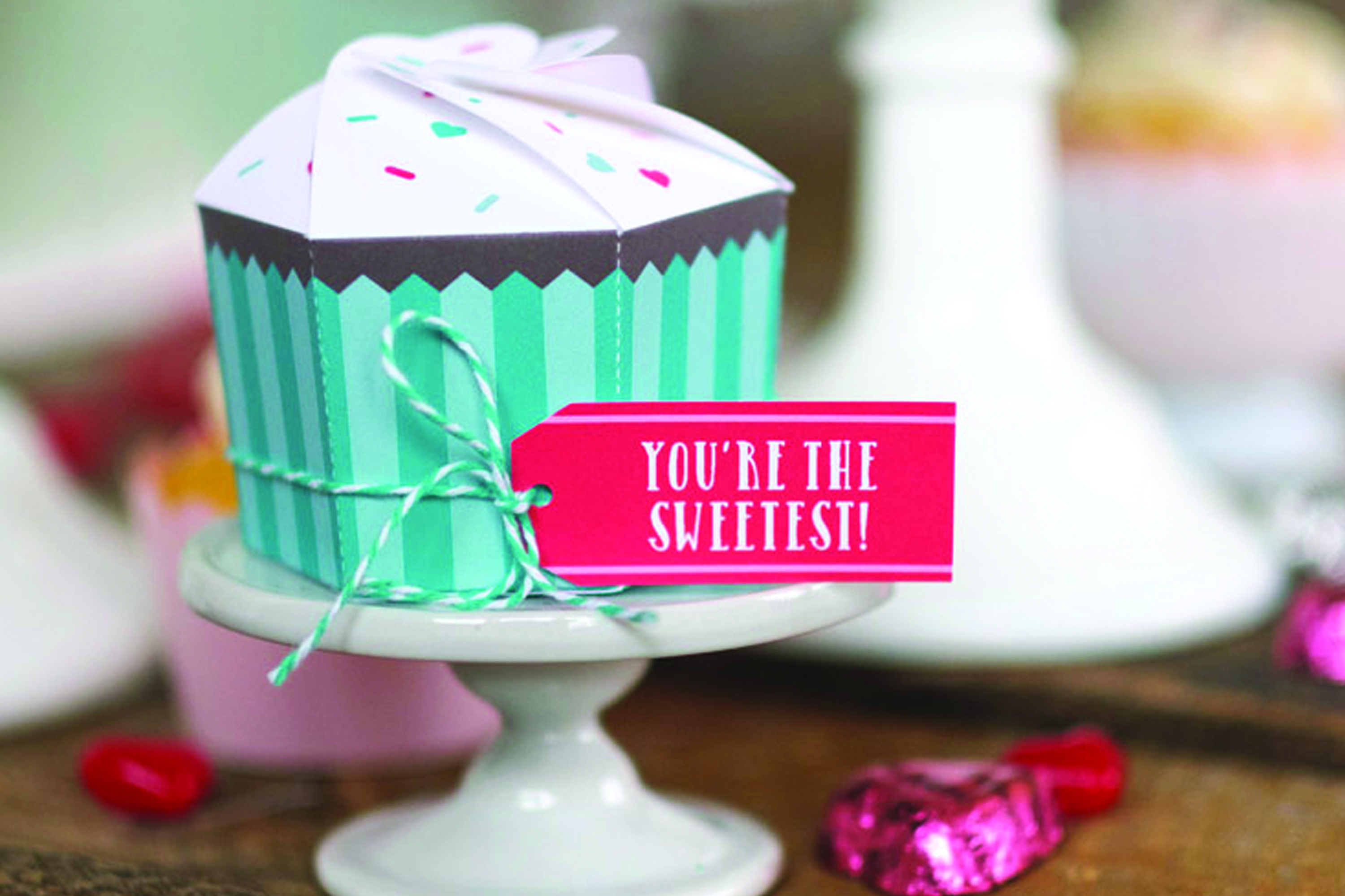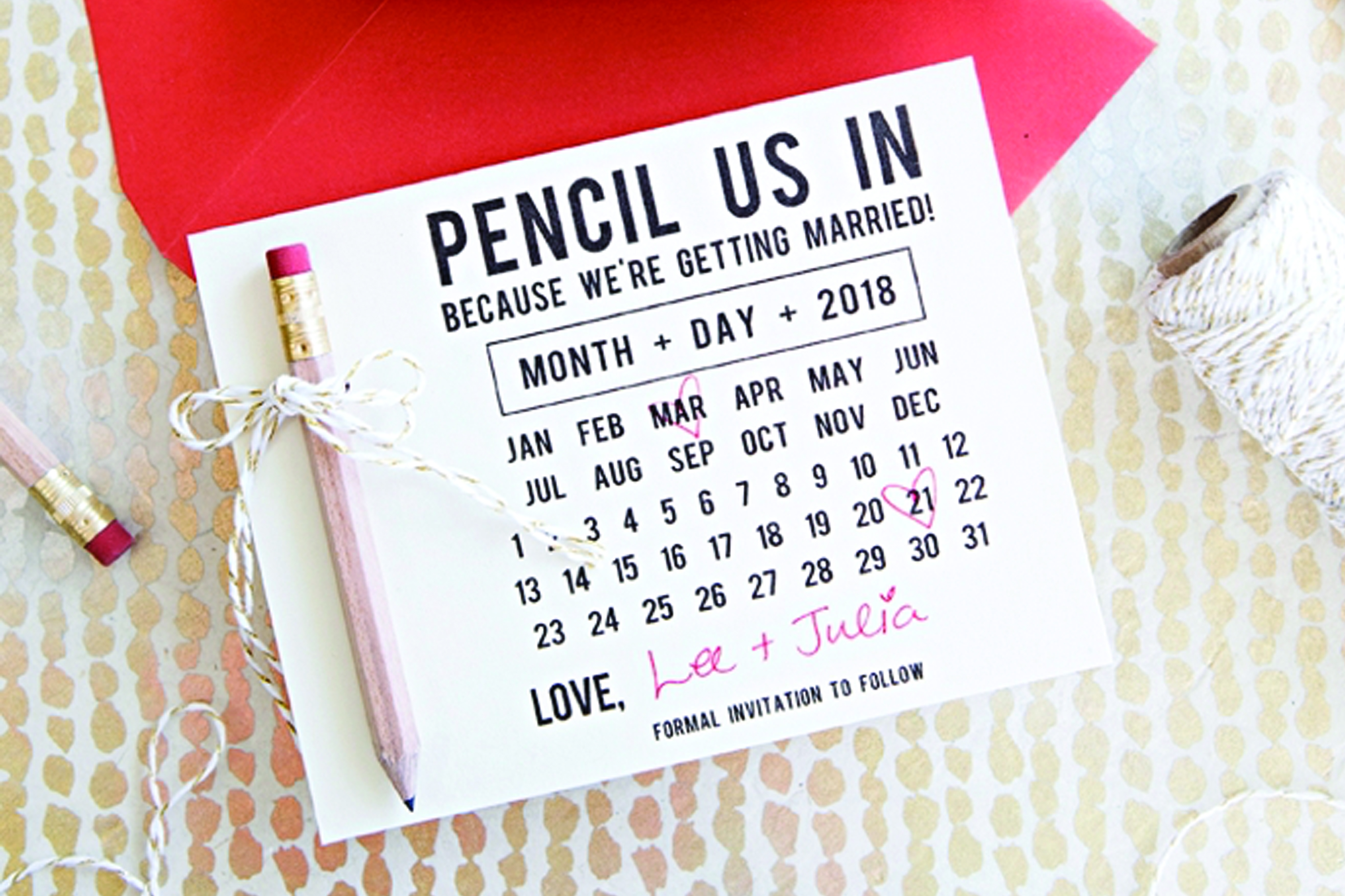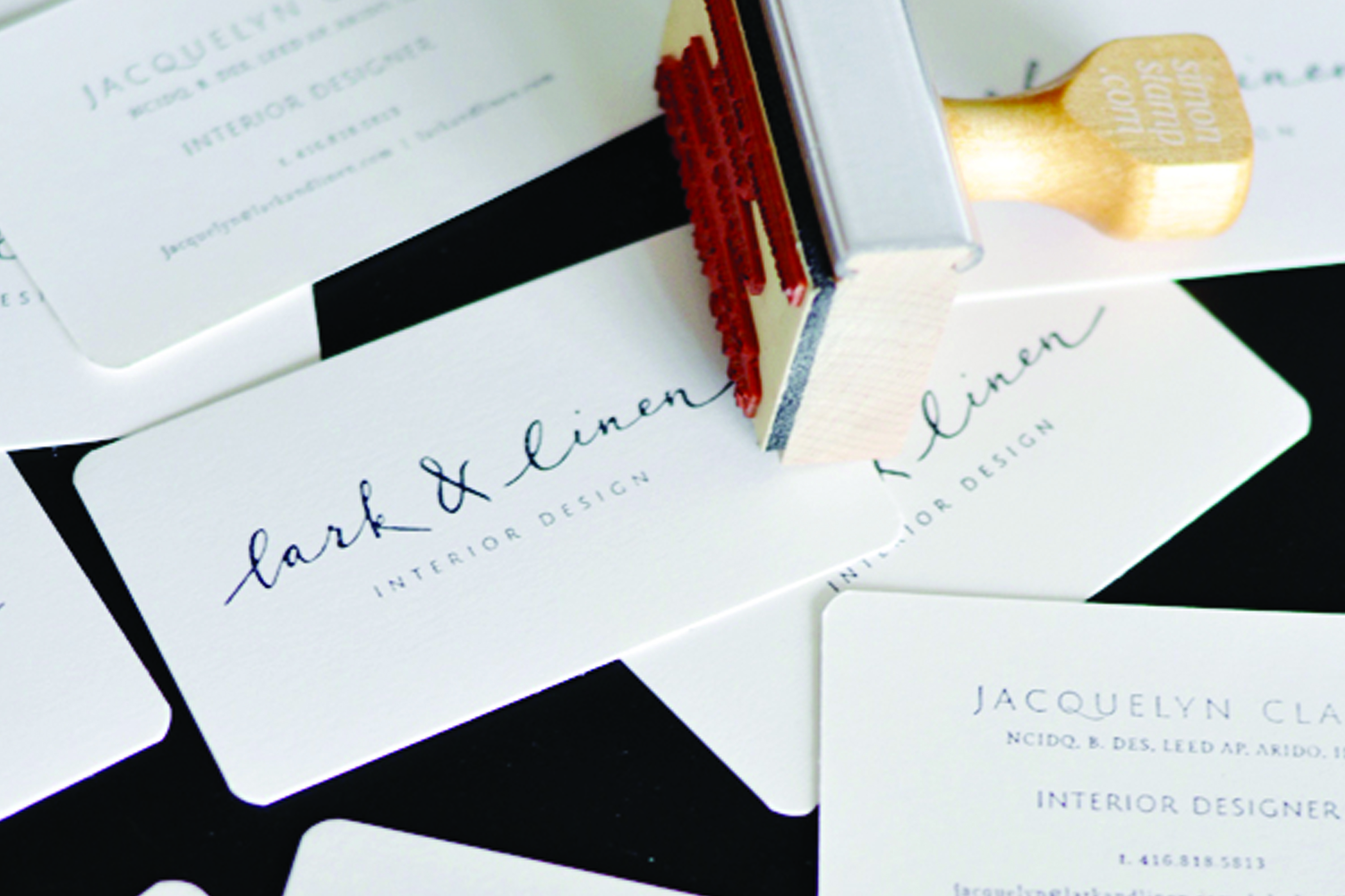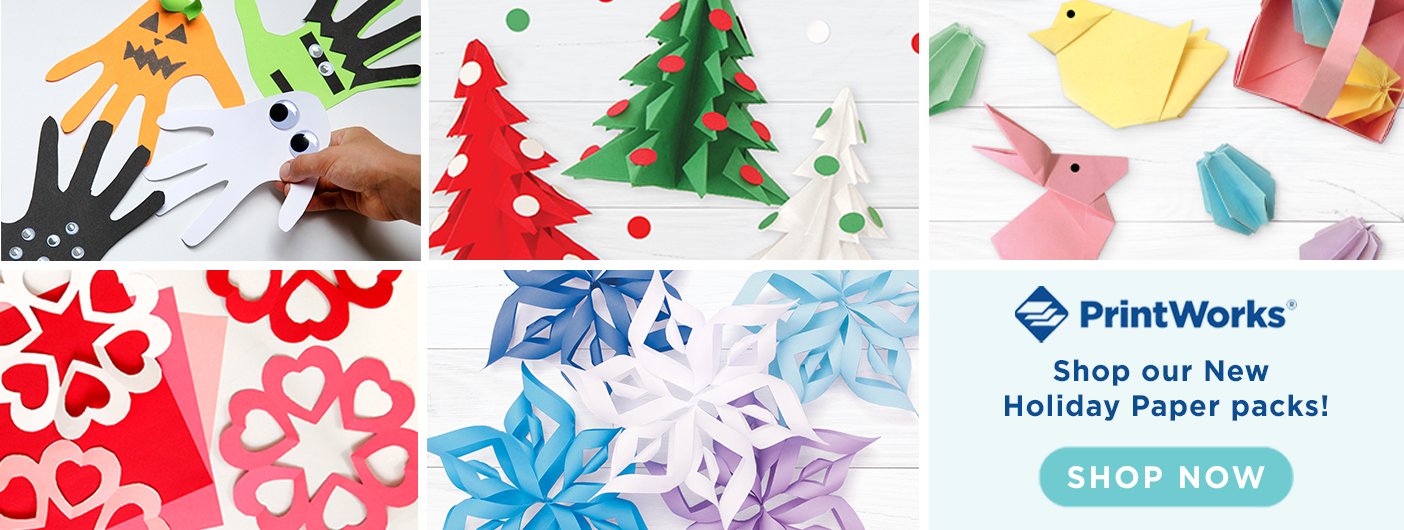Paper Weight Guide

Have you ever looked at a package of paper and wondered how to tell if it was the right thickness for your project? Understanding paper weight can be tricky, but it’s important when the quality of your project depends on a particular paper thickness. For example, postcards don’t look as nice on copy paper as they do on a nice heavyweight cardstock. But on the other hand, cardstock will not fold as easily if you’re planning to create a piece of origami art. We’ve created a Paper Weight Guide to help you choose the right paper for all your projects!
Pounds vs GSM
The first step to understanding paper weight is to understand how it is measured. There are a few ways this can be done. One way is called U.S. basis weight, which is the most common measurement used in the United States and is expressed in pounds.
When you see a package of paper marked with a weight measured in pounds, that doesn’t mean the actual weight of the package if you were to weigh it on your bathroom scale. Rather, it refers to the weight of a 500-sheet stack of the paper at its original, uncut size (or “basic size”). Paper manufacturers measure the weight in its basic sheet size before cutting the paper into smaller pieces for consumer use.

Where this gets a bit tricky is, different paper grades (book, bond, cover, vellum, index, etc.) have different basic sheet sizes. For example: Cover Stock has a basis size of 20×26 inches, which at 500 sheets gives us 65 lbs. On the other hand, Vellum has a basis size of 22 ½ x 28 ½ inches, which at 500 sheets gives us 67 lbs. Although the weight in pounds is higher, it doesn’t mean the paper is thicker, because the basis size is not the same. Just a bit confusing, isn’t it?!
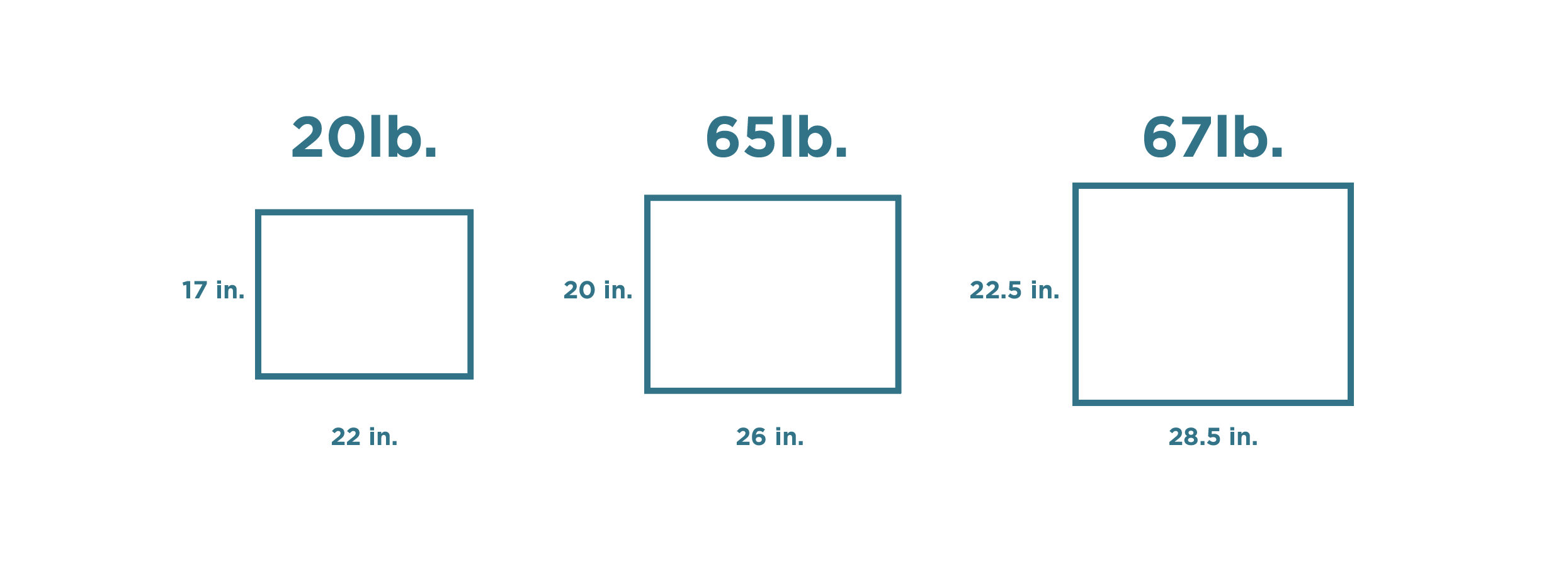
So if you’re trying to decide between two types of paper with the same basis weight and you want to choose the one that is heavier, check the GSM. This stands for “grams per square meter”, and means precisely what the name suggests. The paper weight is determined by one sheet of paper at a size of 1 meter by 1 meter. The weight of that sheet is then measured in grams. Because all different grades of paper are measured at the same size (1 square meter), it provides a more intuitive system of measurement. The higher the GSM value, the heavier the paper weight.

Our new and improved Paper Weight Guide includes both the basis weight and GSM, to make it even clearer what type of paper you are purchasing so that all your projects come out the way you want them to.
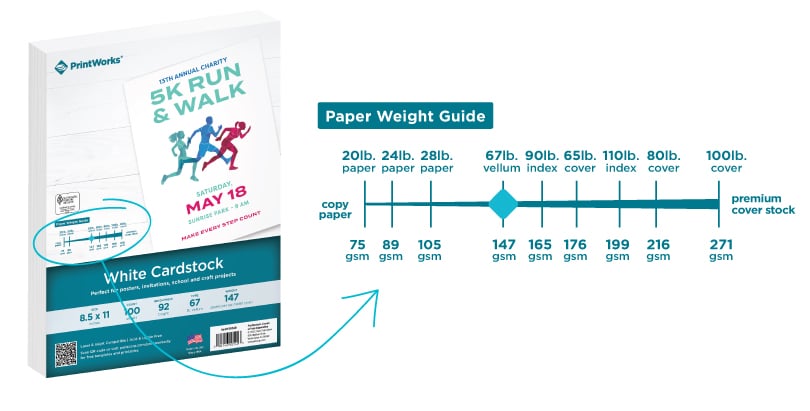
Best Uses for Different Paper Weights
Now that you have a better understanding of how paper weights are measured, here is a quick guide we created to help you determine the best paper weight for your projects.

20 lb. paper / 75 gsm
This is the standard weight of most copy paper, and the thinnest/lightest weight we offer. It’s perfect for everyday printing and copying on laser and inkjet printers for projects at home, school, or in the office. Because it is so thin, you may find it a bit too flimsy for things like wedding programs, brochures, or similar projects where you would want to make a statement with a heavier stock. However, it works perfectly for simple flyers or posters, and folds easily into a variety of craft projects such as origami.
Click here for our copy paper and here for our colored 20 lb. paper.
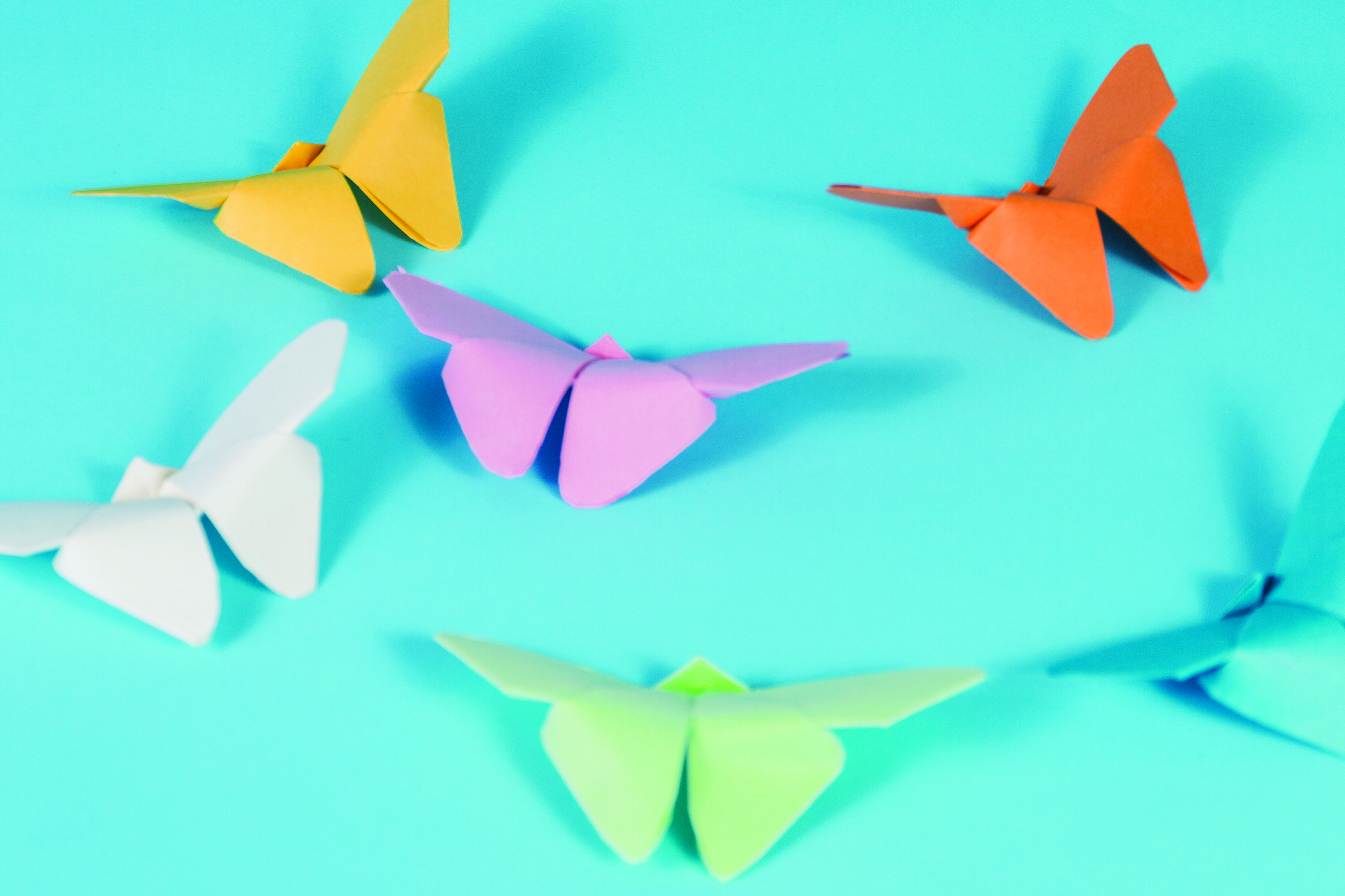

24 lb. paper / 89 gsm
This multipurpose paper is just a bit heavier than copy paper stock, and works for all the same applications. The color options we offer in this weight make it especially great for crafting bold and vibrant works of art. This paper also folds easily and can be used for origami projects, or it can be cut into strips and used to create intricate paper quilling designs.
Click here for our colored 24 lb. paper options.
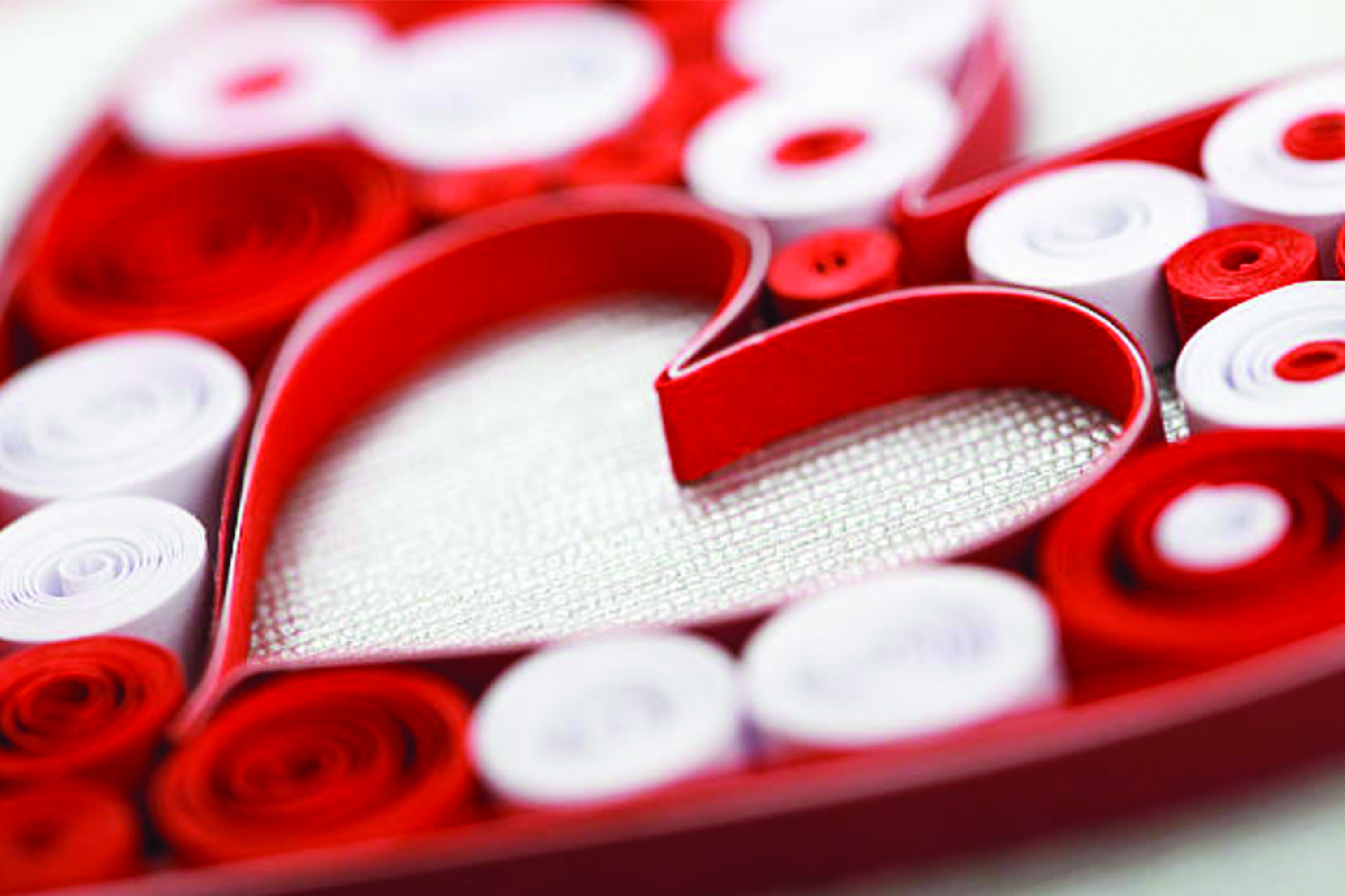

28 lb. paper / 105 gsm
This paper is slightly thicker than 24 lb., making it popular for business letterhead, resumes, stationery, newsletters, and other professional pieces that require something a bit more substantial.


67 lb. vellum / 147 gsm
Our standard cardstock can be considered a lightweight cardstock. It’s noticeably thicker than paper, but it’s not the heaviest of cardstocks. It runs smoothly through inkjet and laser printers, and can be used to create printed pieces such as invitations, posters, business cards, and more. We recommend lightly scoring the cardstock to create crisp folds if you want to make crafts such as boxes or folded greeting cards. The thickness of this cardstock makes it ideal for detailed cut shapes and designs created with desktop cutting machines or paper punches.
Click here for our white cardstock options.

90 lb. index / 165 gsm
This lightweight cardstock is slightly heavier than 67 lb. vellum and slightly lighter than 65 lb. cover. It is sturdy, and it cuts, folds, and prints nicely. These attributes make it perfect for DIY event pieces such as invitations, RSVP cards, menus, and more.
Click here for our Boho Rainbow Cardstock.
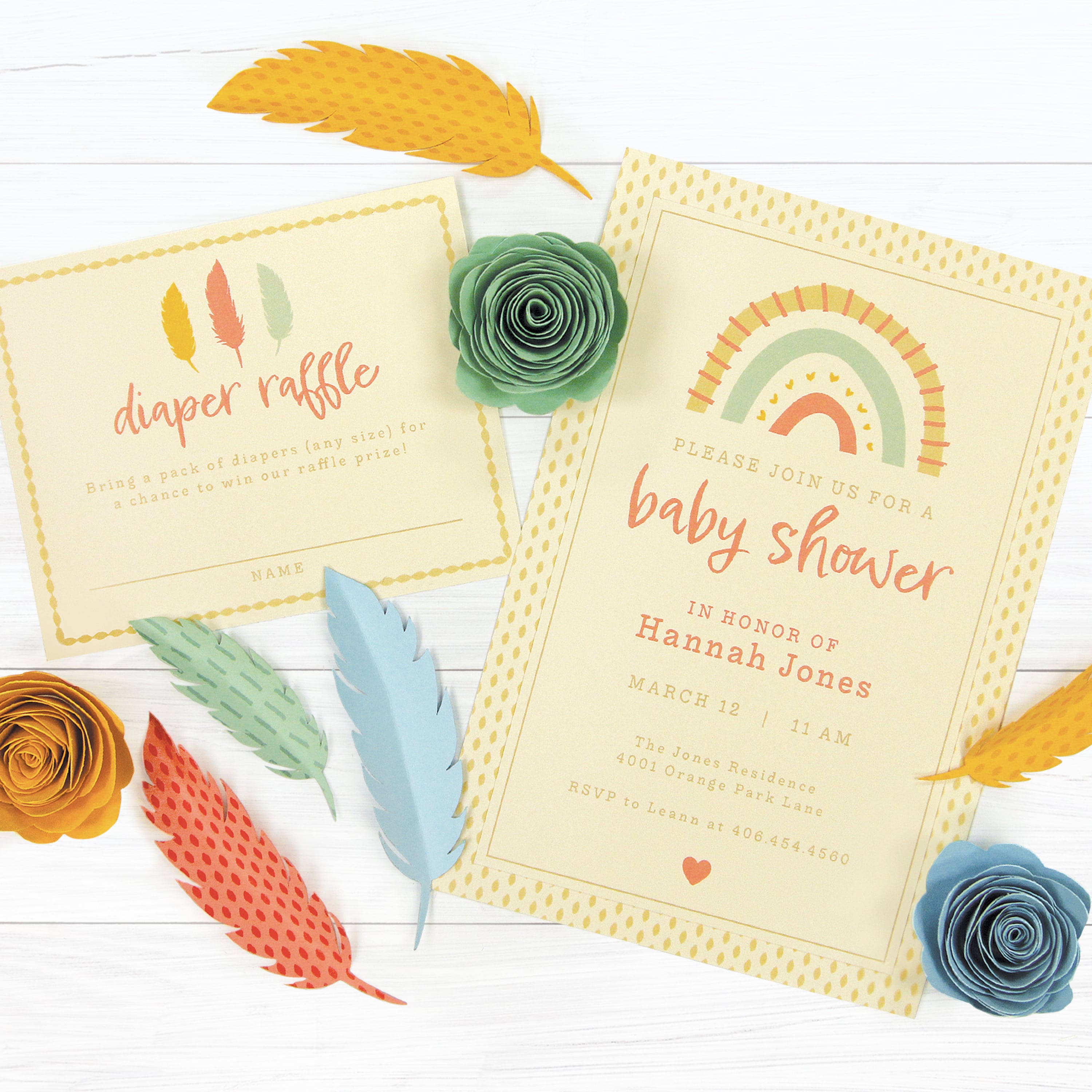

65 lb. cover / 176 gsm
This weight is slightly heavier, but very similar to the 67 lb vellum. It works great for layered greeting cards or scrapbook pages, because it is another lightweight cardstock that is sturdy but won’t add too much extra thickness to the piece. We also offer a variety of colors to use in such layering projects, or to create vibrant decorations for classrooms or parties. It folds, prints, punches, and cuts easily for all sorts of crafting needs.
Click here for our colored cardstock options.
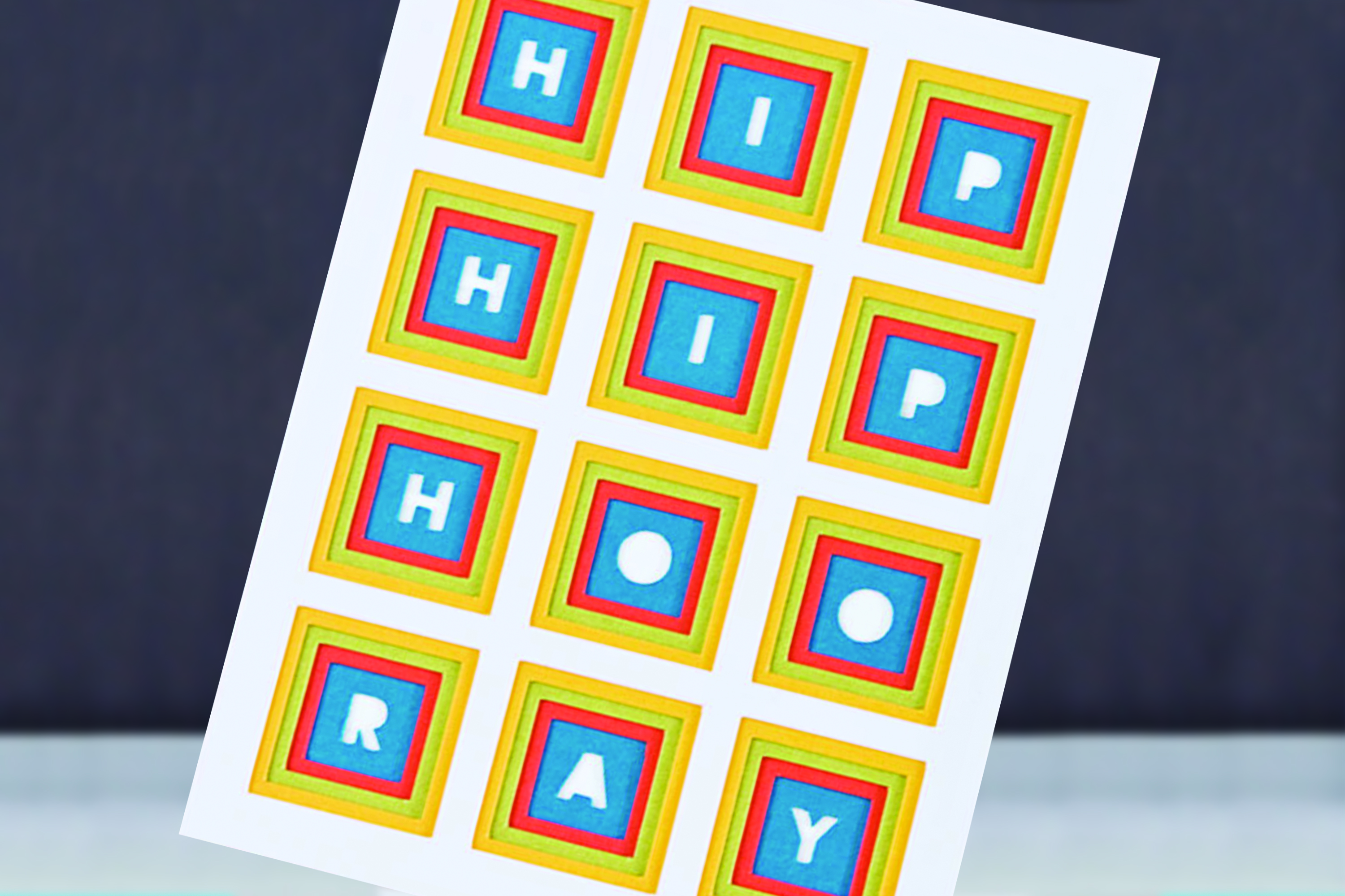

110 lb. index / 199 gsm
This cardstock weight is typically used for index cards due to its sturdiness. It is noticeably thicker, but can still be used for applications such as cutting, printing, and folding. This premium cardstock is great for when you want to make a statement with DIY event pieces such as programs, invitations, RSVP cards, menus, and more. It is also ideal for photo and frame mats, gift tags, pop up cards, and tons of other projects.
Click here for our matte coated cardstock.

80 lb. cover / 216 gsm
This stock is perfect for heavier applications, and again, for any project where you want to make a statement, such as professional-looking business cards. It’s also an ideal weight for embossing, as well as cutting intricate designs with cutting machines. As with other cardstocks, but especially because this is much thicker, we suggest scoring the paper for a clean fold.
Follow us @printworksdiy on social media for more craft inspiration, and visit our Store to check out the rest of our product line.
